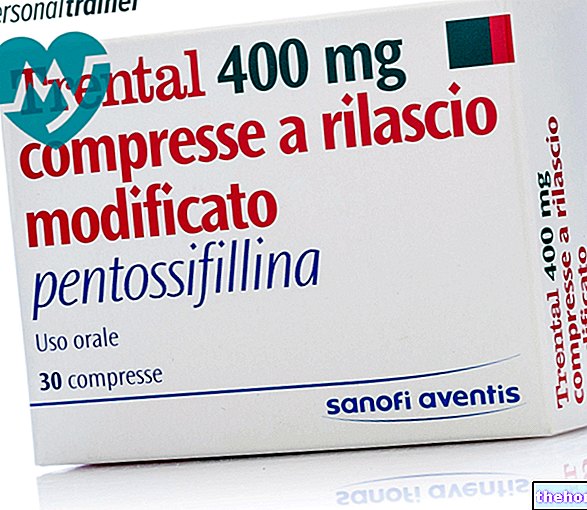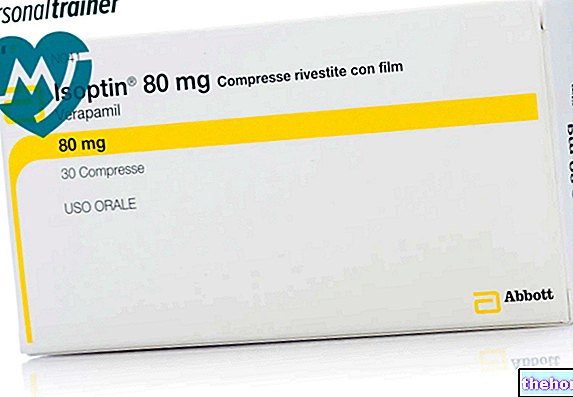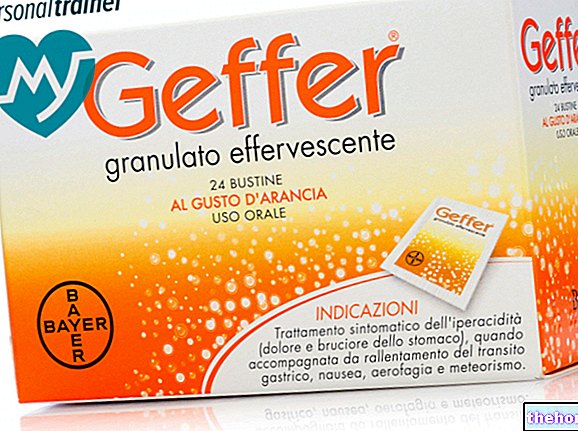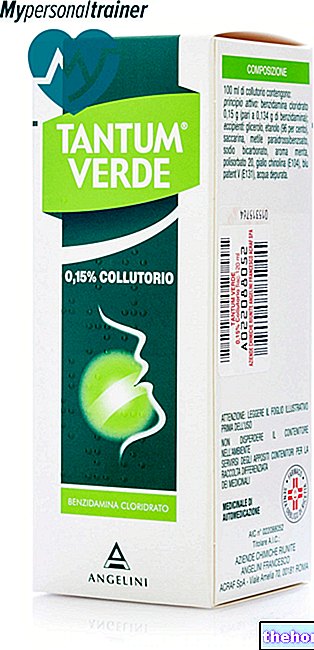Active ingredients: Tobramycin
TOBRASTILL 0.3% eye drops, solution
Why is Tobrastill used? What is it for?
Pharmacotherapeutic group
Antibiotic
Therapeutic indications
Tobrastill 0.3% eye drops, solution is indicated in the treatment of eye and adnexal infections caused by bacteria sensitive to tobramycin: acute, subacute and chronic catarrhal conjunctivitis; blepharitis; bacterial keratitis; dacryocystitis; pre and post-operative prophylaxis of interventions on the anterior segment.
Contraindications When Tobrastill should not be used
Hypersensitivity to the active substance or to one of the components and to closely related substances from a chemical point of view.
Precautions for use What you need to know before taking Tobrastill
As with all antibiotics, prolonged use may promote the growth of resistant microorganisms, including fungi. In case the topical administration of tobramycin is accompanied by systemic treatment with aminoglycoside antibiotics, the total serum concentration should be carefully monitored.
Interactions Which drugs or foods can change the effect of Tobrastill
The tyloxapol component is incompatible with tetracycline.
Warnings It is important to know that:
Pregnancy and breastfeeding
In pregnant and early childhood women, the product should be administered in cases of real need, under the direct supervision of the doctor. The product should not be used during breastfeeding. If the doctor deems the treatment necessary, breastfeeding should be stopped.
Dosage and method of use How to use Tobrastill: Dosage
Instill in the conjunctival sac two drops four times a day in the acute forms and three times a day in the chronic forms, according to medical prescription.
Do not exceed the doses or the therapy period recommended by the doctor.
Overdose What to do if you have taken too much Tobrastill
There were no cases of overdose.
Side Effects What are the side effects of Tobrastill
As with all topical ocular aminoglycoside antibiotics, local intolerance or hypersensitivity reactions such as itching, eyelid swelling or conjunctival erythema may occur. These phenomena were detected in less than 3% of treated patients. Compliance with the instructions given in this leaflet reduces the risk of undesirable effects.
The patient is invited to report any undesirable effect not described in the package leaflet to his doctor or pharmacist.
Expiry and Retention
Check the expiration date indicated on the package. The expiry date refers to the product in intact packaging, correctly stored.
Warning: do not use the medicine after this date.
Do not store above 25 ° C.
The product should not be used beyond 30 days after first opening the container.
Keep this medicine out of the reach of children.
Other information
Composition
100 ml of solution contain:
- Active ingredient: tobramycin 0.3g
- Excipients: Tyloxapol, boric acid, anhydrous sodium sulfate, sodium chloride, benzalkonium chloride, purified water
Pharmaceutical form and content
Eye drops, solution. 5 ml bottle with dropper.
Source Package Leaflet: AIFA (Italian Medicines Agency). Content published in January 2016. The information present may not be up-to-date.
To have access to the most up-to-date version, it is advisable to access the AIFA (Italian Medicines Agency) website. Disclaimer and useful information.
01.0 NAME OF THE MEDICINAL PRODUCT
TOBRASTILL
02.0 QUALITATIVE AND QUANTITATIVE COMPOSITION
100 ml of solution contain: Active ingredient: 0.3 g tobramycin.
03.0 PHARMACEUTICAL FORM
Eye drops, solution.
04.0 CLINICAL INFORMATION
04.1 Therapeutic indications
Tobrastill 0.3% eye drops solution is indicated in the treatment of eye and adnexal infections caused by bacteria sensitive to tobramycin: acute, subacute and chronic catarrhal conjunctivitis; blepharitis; bacterial keratitis; dacryocystitis; pre and post-operative prophylaxis in interventions on the anterior segment.
04.2 Posology and method of administration
Instill in the conjunctival sac two drops four times a day in the acute forms and three times a day in the chronic forms, according to medical prescription.
04.3 Contraindications
Hypersensitivity to one of the components.
04.4 Special warnings and appropriate precautions for use
As with all antibiotics, prolonged use may promote the growth of resistant microorganisms, including fungi. In case the topical administration of tobramycin is accompanied by systemic treatment with aminoglycoside antibiotics, the total serum concentration should be carefully monitored. exceed the doses or the therapy period recommended by your doctor Keep the medicine out of the reach of children.
04.5 Interactions with other medicinal products and other forms of interaction
The tyloxapol component is incompatible with tetracycline.
04.6 Pregnancy and breastfeeding
Clinical studies have shown that tobramycin for ophthalmic use is safe and effective in pediatric use. In pregnant women and in infancy the product should be administered in cases of real need, under the direct supervision of the physician. be used while breastfeeding. If the doctor deems the treatment necessary, breastfeeding must be stopped.
04.7 Effects on ability to drive and use machines
They are not known.
04.8 Undesirable effects
As with all topical ocular aminoglycoside antibiotics, local intolerance or hypersensitivity reactions such as itching, eyelid swelling or conjunctival erythema may occur. These phenomena were detected in less than 3% of treated patients.
04.9 Overdose
There are no known cases of overdose.
05.0 PHARMACOLOGICAL PROPERTIES
05.1 Pharmacodynamic properties
Tobramycin is an aminoglycoside antibiotic isolated from a complex produced by Streptomices tenebrarius, active on a wide range of Gram-positive and Gram-negative ocular pathogens, in particular on Staphylococcus aureus and Pseudomonas aeruginosa. The antimicrobial spectrum of tobramycin is comparable to that of gentamicin; however, it revealed a better activity in vitro and in vivo, in particular against Pseudomonas, and also has a lower nephro and ototoxic effect than other aminoglycoside antibiotics. Clinical studies have shown that Tobrastill 0.3% eye drops solution is safe and effective in pediatric use.
05.2 Pharmacokinetic properties
Studies on the penetration of tobramycin at the ocular level, after topical administration in rabbits, have shown that the maximum concentration of tobramycin in the cornea is detected 0.5 hours after administration and 1.5 - 2 - 5 hours in the aqueous humor.
05.3 Preclinical safety data
The LD 50 of tobramycin administered intravenously in mice is 118 mg / kg. Acute toxicity studies, by topical ocular administration in rabbits, have shown that tobramycin does not exert local irritative effects. Repeated topical ocular administration of tobramycin in rabbits for three weeks did not show local irritative effects as well as systemic pharmacotoxic effects. Embryo-fetal toxicity, carcinogenesis and mutagenesis: studies conducted on rats and rabbits with doses 33 times higher than the normal systemic human dose have shown that this antibiotic is not mutagenic or carcinogenic and does not exert toxic effects at the embryo-fetal level.
06.0 PHARMACEUTICAL INFORMATION
06.1 Excipients
Tyloxapol, boric acid, anhydrous sodium sulfate, sodium chloride, benzalkonium chloride, purified water.
06.2 Incompatibility
The tyloxapol component is incompatible with tetracycline.
06.3 Period of validity
36 months. The product should not be used more than 30 days after first opening the container.
06.4 Special precautions for storage
Do not store above 25 ° C.
06.5 Nature of the immediate packaging and contents of the package
White low density polyethylene vial with dropper, sealed with a polypropylene cap.
06.6 Instructions for use and handling
No special instructions.
07.0 MARKETING AUTHORIZATION HOLDER
BRUSCHETTINI S.r.l., Via Isonzo 6, Genoa (Italy).
08.0 MARKETING AUTHORIZATION NUMBER
A.I.C. n. 035703014.
09.0 DATE OF FIRST AUTHORIZATION OR RENEWAL OF THE AUTHORIZATION
January 2004.
10.0 DATE OF REVISION OF THE TEXT
January 2004.




























